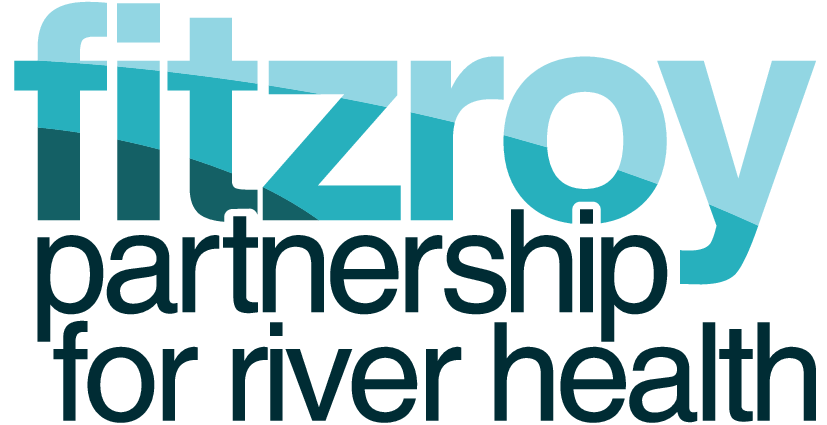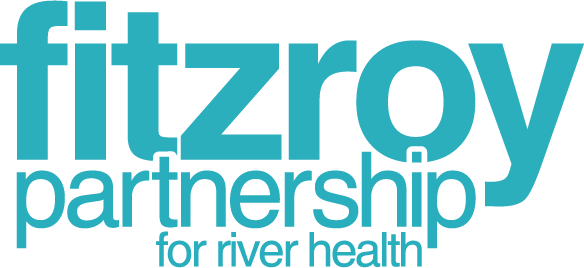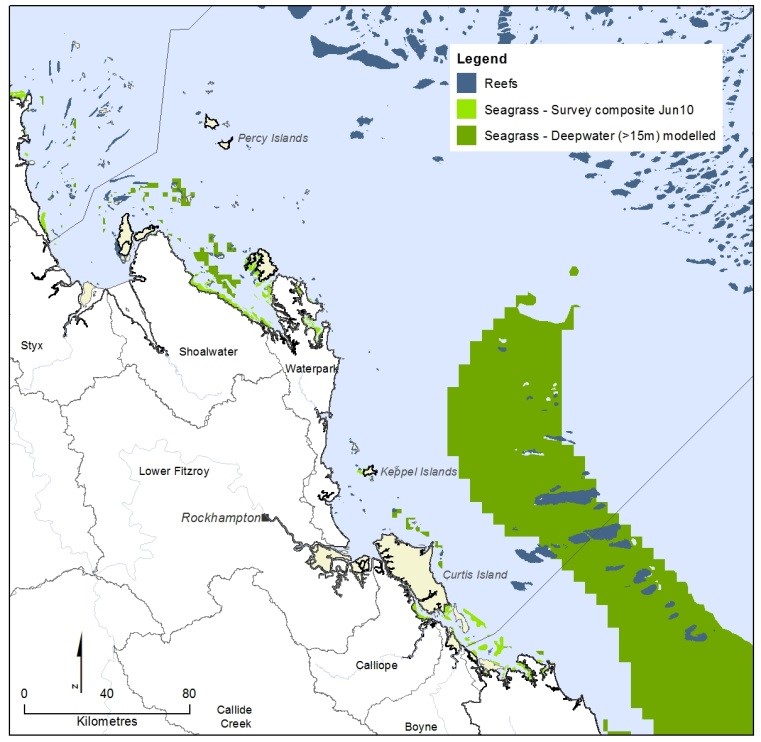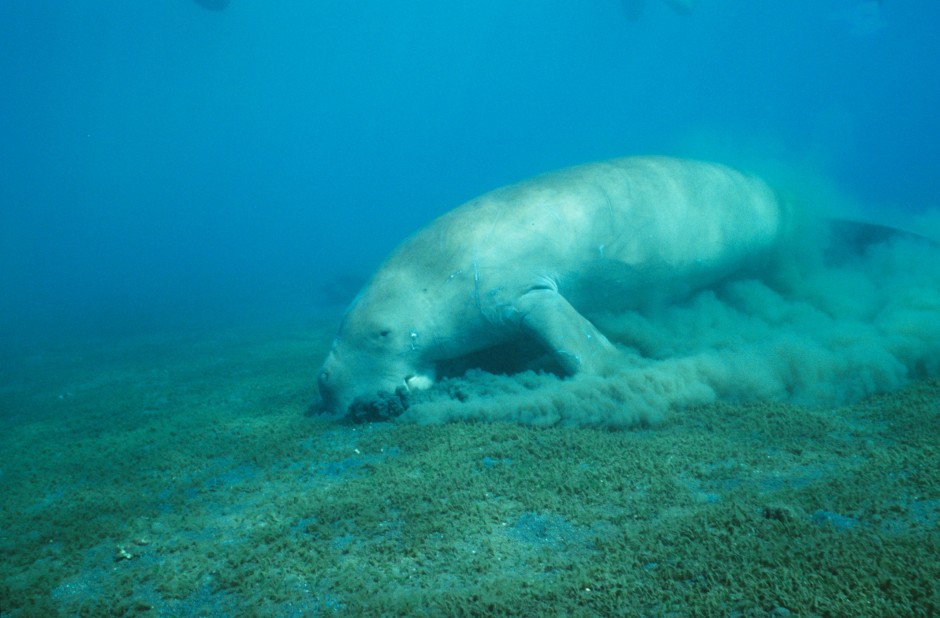[wqip-tabs]
Seagrass
Seagrass meadows are an important part of tropical marine ecosystems. Seagrass meadows provide nursery areas for many species of fish and invertebrates such as tiger prawns and red emperor, and feeding grounds for dugong, turtles and fish such as barramundi.
Seagrass occurs in intertidal areas on coral reefs, the coast and estuaries. In the Fitzroy Region, seagrass meadows tend to be on the large sand and mud banks in sheltered areas of the estuaries and coast, and on the fringing reefs of offshore islands.
About 241 km2 of shallow (<15m depth) seagrass beds have been mapped in the Fitzroy Region (about 20% of the total seagrass area in the Great Barrier Reef). There are also areas of deep-water seagrass beds that lie outside the reach of dugong.
The location and cover of seagrass can change from year to year. In the Fitzroy Region, high turbidity (sediment) and very low tides can cause loss of seagrass beds.
Seagrass monitoring sites have been established at Shoalwater Bay, Great Keppel Island and Gladstone Outer Harbour. Overall, the health of seagrass meadows has been rated as ‘poor’ across habitat types and indicators. However, recovery of regional seagrass meadows is possible, if the right environmental conditions are established and maintained.




